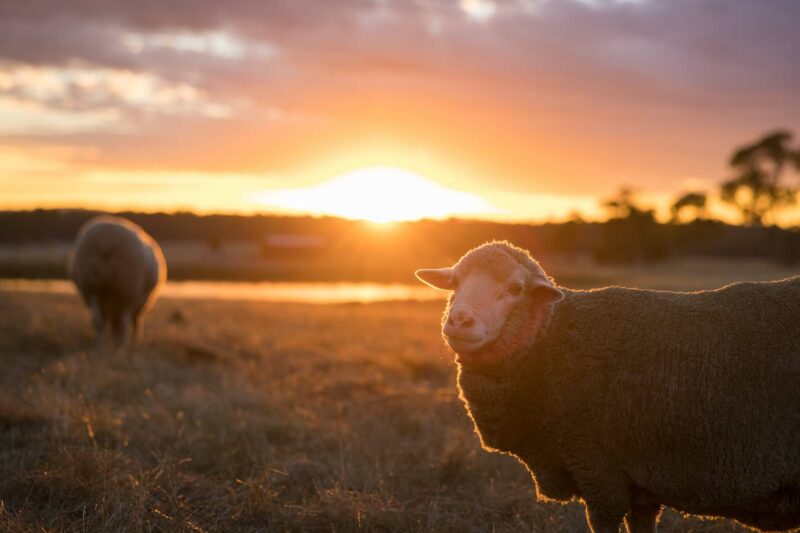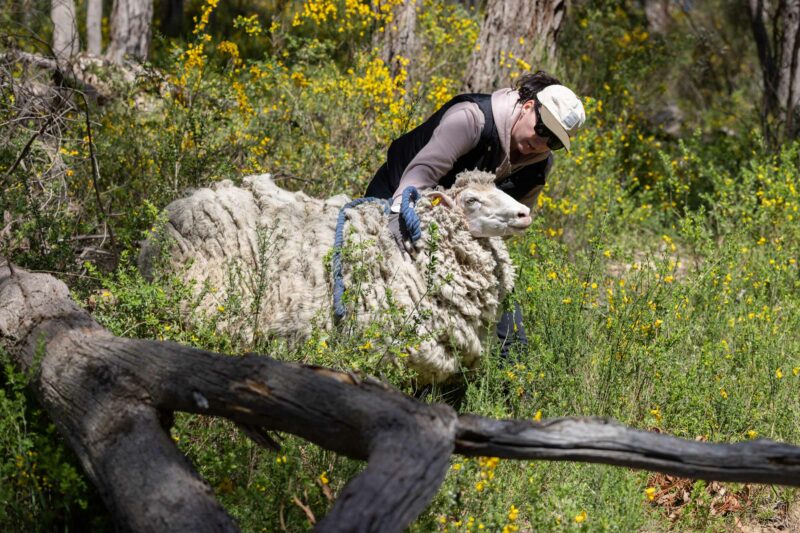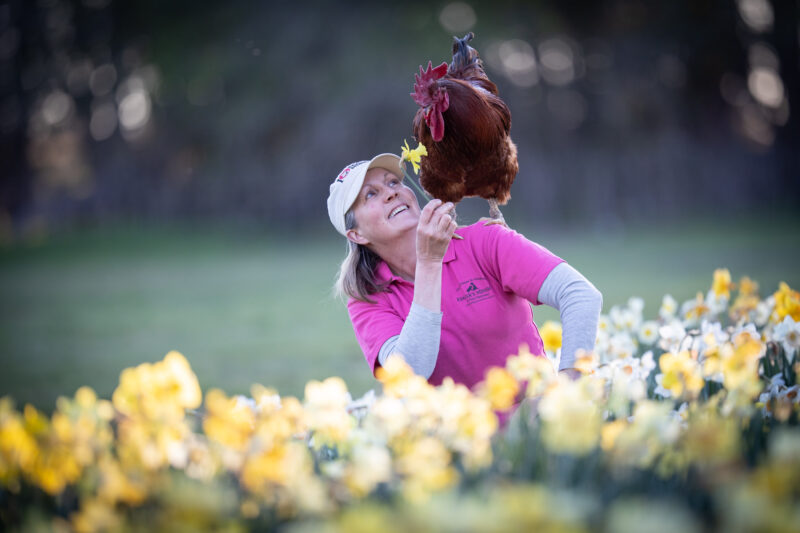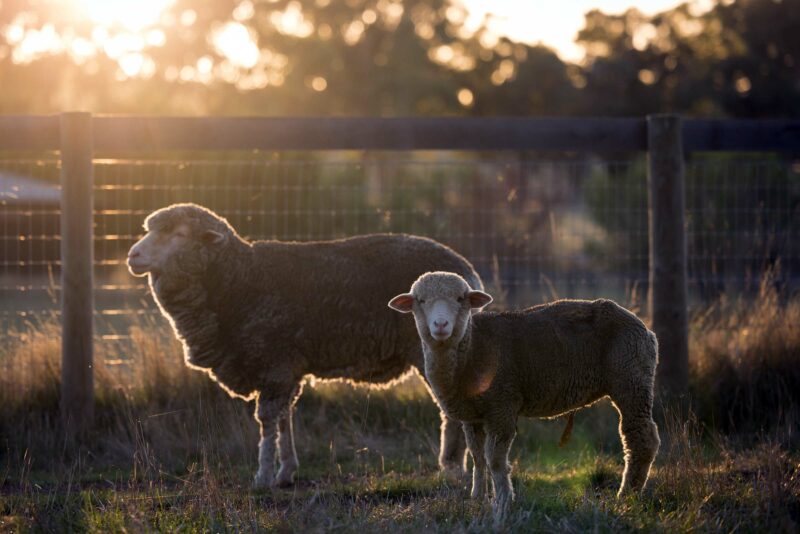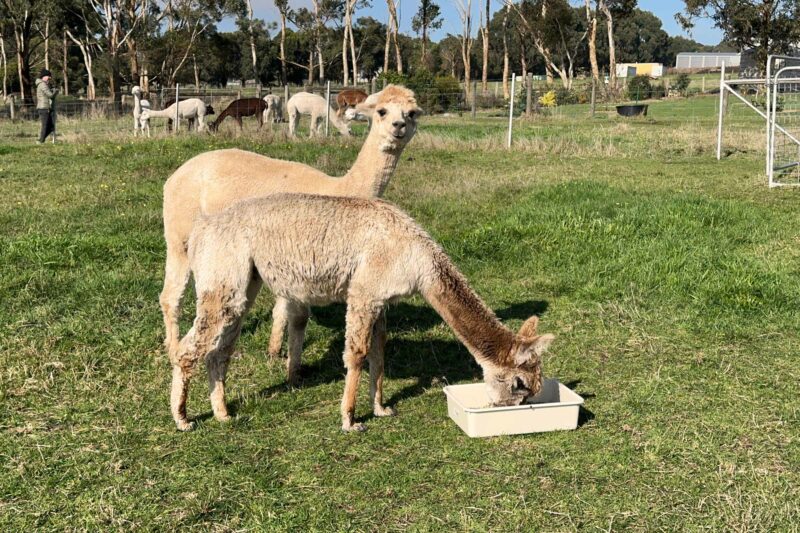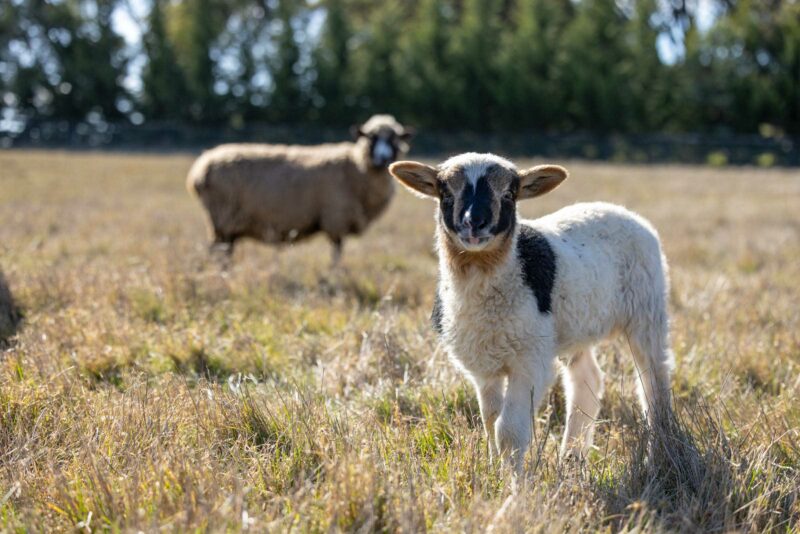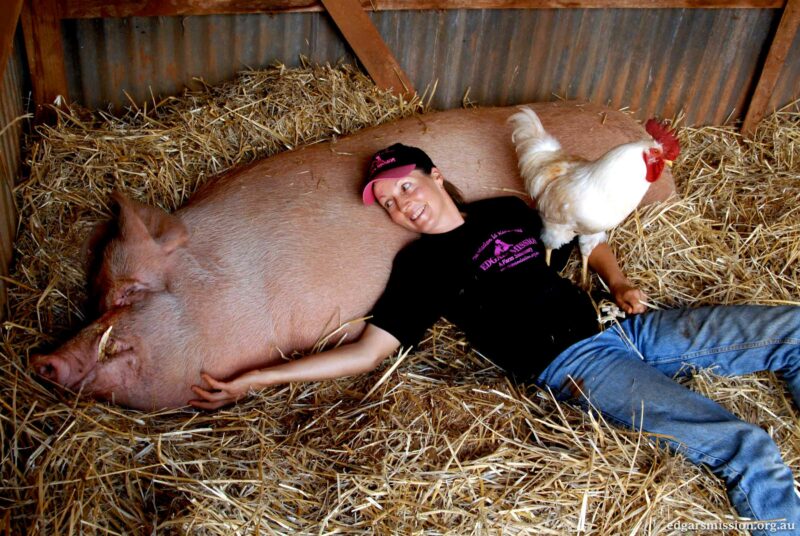
Picture this, a courtroom somewhere in France in the early 16th century. A sharpwitted lawyer struts across the floor, waving his hand nonchalantly in the air as he eloquently champions the defence of his client.
But his client, or rather clients are nowhere to be seen. Yet due to his clever ‘wordsmithory’ and ingenious legal tactics, Bartholomé Chassenée was able to convince the learned judge his clients fears for their life were justifiably held and as such that they could not attend (the presence of neighbourhood cats proving far too threatening).
That those on trial in this instance were rats, was not particularly unusual, for at the time medieval courts were well known to put animals on trial for crimes. What is of note is that it has taken several more centuries before we have revisited the idea of legal representation for animals.
Fast forward to 1993 and The Great Ape Project (GAP) was founded as a group of primatologists, anthropologists, ethicists, and others advocated for a United Nations Declaration of the Rights of Great Apes that would confer basic legal rights on non-human great apes.
One year earlier, Switzerland amended its constitution so that animals were acknowledged as “beings” rather than things. And more recently in Switzerland, a national referendum was held to decide if animals should have the constitutional right to be represented by lawyers in court in cases of animal mistreatment.
In 1999 New Zealand granted basic rights to five great ape species which forbade their use in research, testing or teaching.
On February 28, 2007 the parliament of the Balearic Islands, an autonomous community of Spain, passed the world’s first legislation that would effectively grant legal personhood rights to all great apes.
In 2002 in German law recognised “that animals, like humans, have the right to be respected by the state and to have their dignity protected”.
While it may be some time for this to bring meaningful changes for animals, the tide is clearly turning as animal law courses are now being offered by more and more universities and lawyers are forming advocacy groups for animals.
Although much recent focus has been on the protection of the ‘rights’ of primates, the question is now being posed as to whether our current treatment of animals is just and fair. And in the cold stark reality of a fair and just world, today’s legal protection of animals is anything but just. With the Darwinian theory of biological continuity seeing animals as different in degree, not kind, we clearly have been guilty of playing favorites.
And while the question of ‘personhood’ for animals can be debated until the cows come home, or rather go where ever they choose, the fundamental fact remains that regardless of the shape an animal is, regardless of our familiarity with a particular species and regardless of the way we humans ‘use’ them, all animals feel happiness and joy, all animals feel sadness, loneliness and pain and all animals deserve a life free from human inflicted pain and suffering.
Granted the Medieval judiciary may have transgressed the boundaries of common sense but granting animals their day in court may just be something whose time has come.
